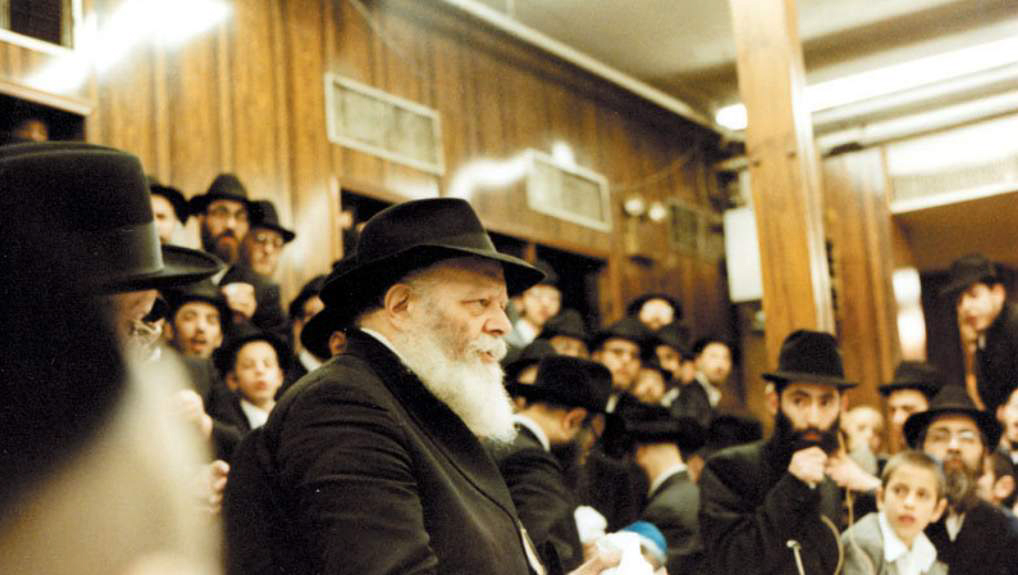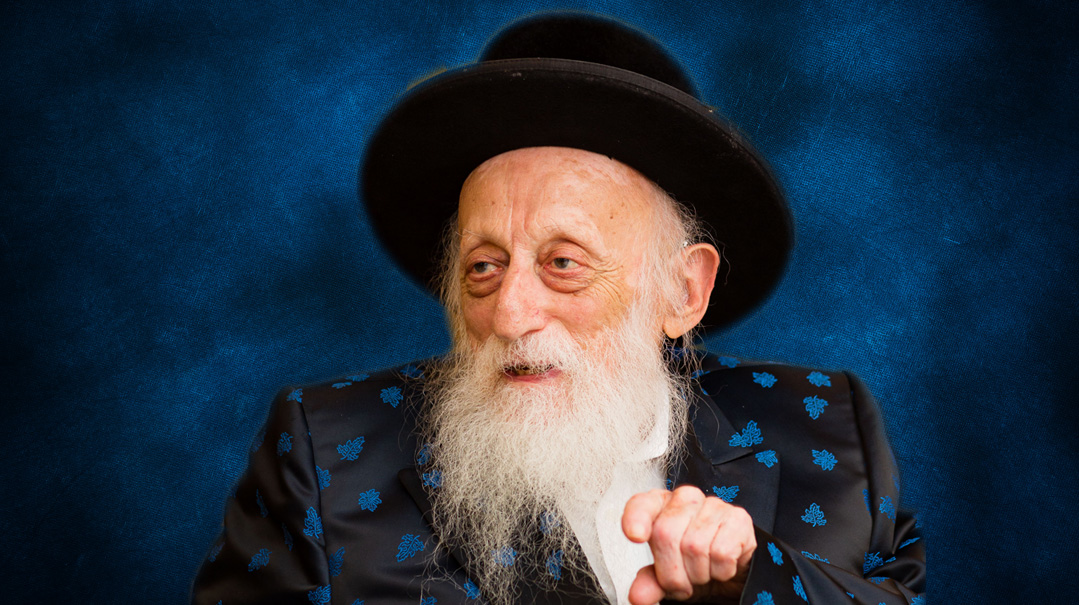Help Me Move On


ONE OF US? The ger wants to get on with his life to build a Jewish home to grow closer to Hashem through Torah and mitzvos. Other Jews curious to hear an interesting story may not realize how inappropriate or even cruel it can be to put a convert on the spot asking him to tell them about his “path to Judaism” (for the umpteenth time). Many geirim feel that it’s like leaving them standing at the door never letting them come in and feel they are truly “one of us”
E very year around Shavuos time you can be sure to find some article about a ger tzedek. After all that’s when we read Megillas Ruth the story of the Moabite princess who left luxury and honor behind to join the Jewish nation the woman who preferred to embrace the life of a penniless stranger rather than abandon her bereaved and impoverished mother-in-law the ultimate symbol of self-sacrifice and chesed who chose the G-d of Israel and His Torah over her former life in the royal palace of Moav — and in that merit became the matriarch of the royal dynasty of Dovid Hamelech and Mashiach may he come speedily. What then could be more fitting for summer reading than an inspiring story of a ger tzedek’s journey to Judaism?
Yet for every ger who shares his story with the public it seems there are many more who choose to remain incognito. But why? Are they not proud of the courageous step they took? Or perhaps they’re disappointed in the way they’ve been received by the mainstream Jewish community and therefore prefer not to call attention to their brave life-altering step? The Jewish nation is identified by the traits of compassion and chesed — and converts pretty much assume they’ll be the recipients especially as the Torah repeatedly (36 times according to Rabi Eliezer in Bava Metzia 59b) exhorts us to be careful not to oppress or wrong a convert and specifically commands “to love the ger.”
Through contact with friends and promises of anonymity several frum converts were willing to break their usual silence about their backgrounds. For all the complaints that have been aired here each of those interviewed reports that their overall experience of Jewish life and their interaction with the broader Jewish community has been positive. Their identity is strong their lives have been immeasurably enriched and “going back” is inconceivable. Yet they’ve all experienced times of crisis after encountering attitudes that make them feel not fully accepted and share their own perspectives for how to raise awareness and sensitivity toward this oft-misunderstood or undervalued subgroup of the Jewish people.

“Keeping myself out of my own background has helped me to move forward not to remain forever standing on the threshold. Over the years I haven’t even thought that much about being a convert. I’ve been too busy being Jewish”
Sometimes converts are advised to keep the fact of their conversion to themselves so that they won’t become “professional geirim” perpetually labeled and being asked to tell their story over everywhere they go whether from a podium or the pages of a magazine at a Shabbos table or even on the street. For example when MIRIAM converted at the age of 24 her rabbinic mentor advised her not to reveal her background when she met new people.
“It’s lashon hara about yourself ” the rabbi said. Miriam was taken aback — why lashon hara? Is there something wrong with being a convert? “Not at all ” he told her. “But it’s self-damaging speech. If you’re always dwelling on it you’ll be stuck in that place of being a newcomer. It will hold you back from developing your Jewish personality.”
“That was good advice ” says Miriam who is now Savta to a gaggle of beautiful Jewish grandchildren. “Without it I probably would have naively gone ahead and told everyone. It spared me pain because I’ve had my share of insensitive comments from people who do know about my background for one reason or another — like one time at a sheva brachos when I asked the hostess about some family pictures on the wall and she thought I was pointing to the picture of the Chofetz Chaim. ‘Oh ’ she answered me as if teaching a three-year-old ‘that is the Cho-fetz Cha-yim.’ Thanks but I knew that. It might have been inconceivable to her but I’ve actually learned sefer Chofetz Chaim a few times in lashon kodesh. So you see keeping myself out of my own background has helped me to move forward not to remain forever standing on the threshold. Over the years I haven’t even thought that much about being a convert. I’ve been too busy being Jewish.” (Excerpted from Mishpacha Issue 666)
Oops! We could not locate your form.












